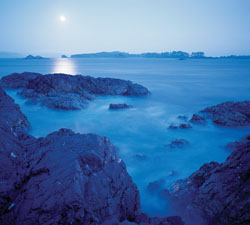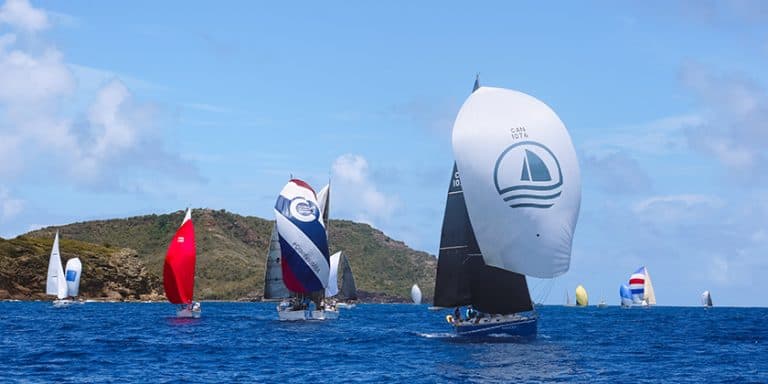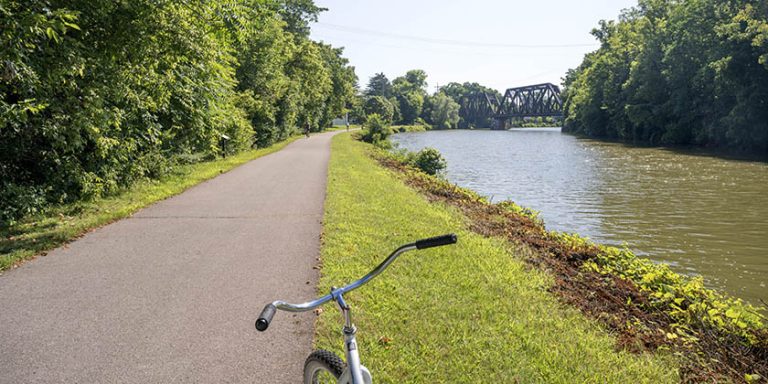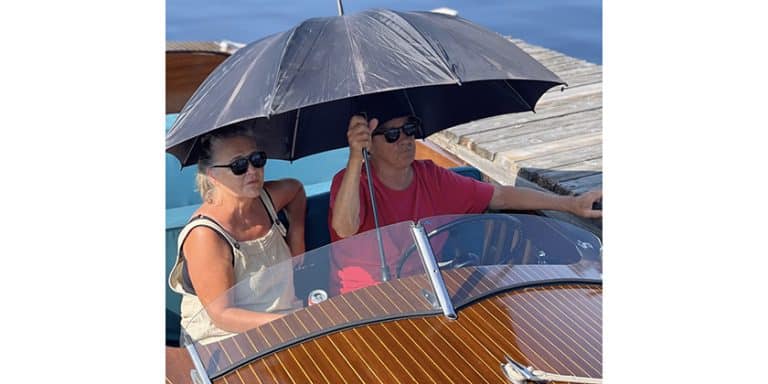Support The Call For 12 New Marine Protected Areas By 2012

I think it’s a given that as a Canadian Yachting reader, you are passionate about Canada’s waters and protecting them from pollution and wildlife threats. Recently, an article in the Globe & Mail presented a way to easily demonstrate our commitment to the waters we love so much.
Back in June, tied to ‘Oceans Day 2011’, the Canadian Parks and Wilderness Society challenged the federal government to establish 12 new marine protected areas by the end of 2012. This is very positive and you can support their efforts by simply signing their petition. Here are some of the reasons why you will want to do that right now.
While Canada boasts one of the largest ocean territories in the world, less than 1% of it is protected through meaningful long-term conservation measures. The federal government made a commitment seven years ago to establish a network of marine-protected areas by 2012. Since then, we’ve lost too much time to get a full network in place, but Canada can make progress by creating at least 12 new marine protected areas!
So, who is the Canada Parks and Wilderness Society? CPAWS is Canada’s voice for wilderness. Since 1963 the organization has taken the lead in creating over two-thirds of Canada’s protected areas. That amounts to about half a million square kilometres – an area bigger than the entire Yukon Territory! CPAWS vision is that Canada will protect at least half of our public land and water. As a national charity with 13 chapters, 40,000 supporters and hundreds of volunteers, CPAWS works collaboratively with governments, local communities, industry and indigenous peoples to protect our country’s amazing natural places. CPAWS is also on guard to ensure that our parks are managed to protect the nature within them.
“Creating 12 new marine protected areas within the next year and a half is an ambitious but doable target for the federal government and an important step towards meeting Canada’s international commitment to create a full network of marine-protected areas in all of our oceans,” says CPAWS’ Oceans Program Manager Sabine Jessen.
Marine-protected areas are defined by the Department of Fisheries and Oceans as a specific geographical space managed to achieve the long-term conservation of nature. Some marine-protected areas are fully marine in nature while others have terrestrial components. By that definition, the department says there are more than 700 existing marine protected areas in Canada. Some are managed by the federal government, others by the provinces and some by private interests.
CPAWS believes the definition is too loose. Few of the sites are being protected to the standard guidelines released earlier this summer by a team of 14 Canadian scientists. The society says any marine-protected area should be off limits to fishing, shipping and other commercial and industrial activities such as oil drilling and seismic testing.
“With less than 1% of its oceans protected, Canada lags far behind other countries in marine conservation. If we want to ensure healthy oceans and sustain healthy fisheries, Canada has to pick up the pace on conservation,” said Jessen.
“We’ve identified 12 important marine areas, many of which have long been proposed for protection. It’s time for the federal government to move ahead with Aboriginal peoples, provincial and territorial governments, local communities and other partners to protect these by December 2012,” she continues.
The 12 marine areas include the Pacific’s Hecate Strait Glass Sponge Reefs, Scott Islands, Southern Strait of Georgia, and Big Eddy. These areas are important habitat for sea life including Tufted Puffins, endangered Orca whales and rockfish.
In the Atlantic, CPAWS recommends protecting the South Coast Fjords of Newfoundland, the Laurentian Channel, St. Anns Bank off Nova Scotia, and parts of the Bay of Fundy, American Bank (La Gaspesie) and les Iles de la Madeleine in the Gulf of St Lawrence. These marine areas are home to a range of endangered sea life including Leatherback turtles, Right, Blue and Beluga whales, and nurseries for fish including herring, mackerel, flounder and Atlantic cod. In the North, CPAWS highlights the opportunity to protect the Arctic Ocean’s Lancaster Sound, critical habitat for Narwhal and Bowhead whales, and a biologically rich area in James Bay off Quebec, called Tawich.
“Seven years ago, Canada committed to establish a comprehensive network of marine protected areas by 2012, under the International Convention on Biological Diversity. We clearly won’t make that goal now. But if the government is resolved, there is every reason that it can move ahead to protect the 12 sites we’ve listed before the end of 2012,” adds Jessen.
We all know the threats. Scientific evidence shows overfishing is the single most serious threat to the health of our marine ecosystems.
Trawling, or fishing by dragging a net along the ocean floor, profoundly disturbs marine ecosystems. Both target and non-target fish and other organisms are killed by the trawl, and the seabed is physically altered. Frequent trawling prevents the intricate physical and biological structure of the seabed ecosystem from fully recovering.
The impacts of salmon fish farming have recently received much public attention because pollution escapes the net cages, infectious diseases are spread to wild fish plus new areas can be colonized by escaped farm fish (including non-native species).
Oil exploration and the risk of a spill has been a threat to seabirds, fish, shellfish and eggs and larvae of all marine species.
Also, the entire marine realm – from estuaries and coastal waters to the open ocean and the deep sea – is at risk from climate change. As marine biodiversity declines, the remaining species are more vulnerable to changes in their habitat.
While we can’t control the weather, we can stop doing damage to the ecosystems that will enable nature to best manage changes in the natural environment.
This costs you nothing – stop right now and sign the pledge.
Add your voice to help CPAWS reach the goal of 12,000 people supporting this message to the Federal Government to establish 12 new marine-protected areas by the end of 2012.
That represents 1,000 voices for every precious region and the species within them. So far, it seems few people know about this. There are only 2,152 signatures so far. With a goal of 12,000, if every Canadian Yachting subscriber signed the pledge, we could double their target in one issue!
The exact link is salsa.democracyinaction.org/o/2463/p/dia/action/public/?action_KEY=6973 but we will put this up on the Canadian Yachting web site for your convenience. Just go to www.canadianyachting.ca
To learn more about the many activities of the Canada Parks and Wilderness Society (CPAWS), visit their site at www.cpaws.org.
By Andy Adams





























